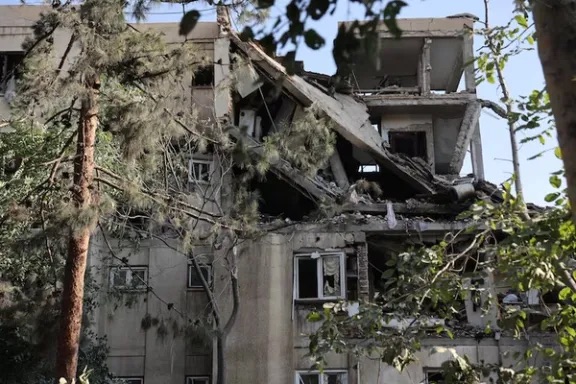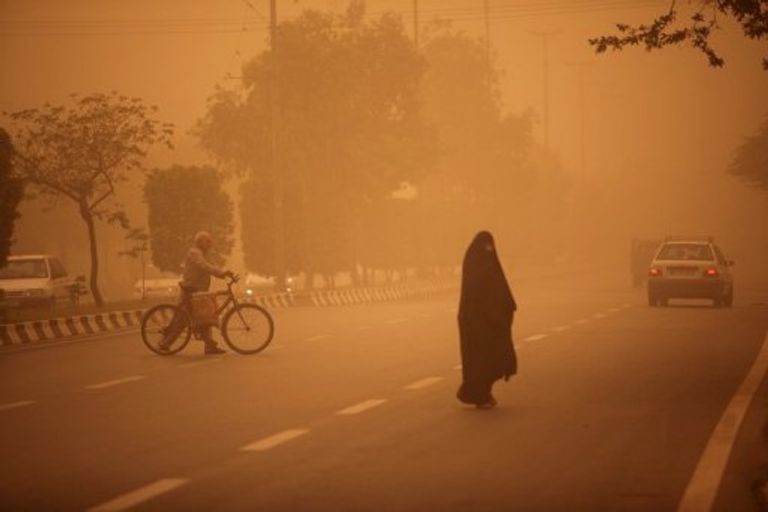
Iran’s Department of Environment has warned of massive environmental destruction following Israel’s 12-day military campaign, citing serious public health threats, widespread pollution, and cleanup costs in the billions of rials.
According to the department’s report released Sunday, airstrikes on Tehran and other major cities released dangerous levels of pollutants into the air and water systems, while bombings created enormous amounts of hazardous debris.
“These attacks didn’t just kill civilians or destroy infrastructure — they’ve also crippled our environment,” the statement said.
Tehran alone reportedly produced 150,000 tons of rubble, with cleanup costs surpassing 7,500 billion rials (about $8.7 million). Waste from bombed military and industrial sites added another 3,000 billion rials ($3.5 million) to the environmental toll.
Oil depots in Rey and Kan were also struck, igniting fires that destroyed nearly 20 million liters of fuel and released over 47,000 tons of greenhouse gases and nearly 580,000 kilograms of toxic airborne particles into Tehran’s skies. Air quality in several provinces spiked into the “hazardous” zone, according to the report.
The department also pointed to long-term risks: chemical leaks, sewage overflows, and thermal radiation now threaten groundwater, soil, and biodiversity across affected regions. Officials say environmental assessments are ongoing and full reports will be submitted to national and international bodies.
Environmental consequences weren’t limited to Iran. The UK-based Conflict and Environment Observatory reported significant damage inside Israel as well, following Iran’s counterattack involving over 500 ballistic missiles. The group documented dozens of fires, including 65 forest and open-area blazes, and warned of inhalational hazards from pulverized buildings and combustion materials.
Israel acknowledged widespread environmental damage too, including strikes on a refinery that triggered fires and pipeline damage. Both sides are now grappling with the long-term environmental and public health fallout of a war that went far beyond military targets.



